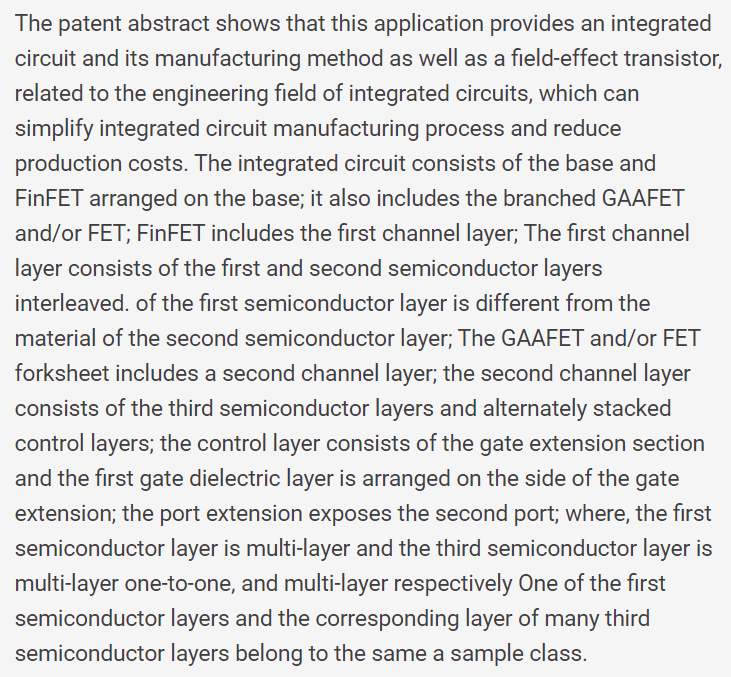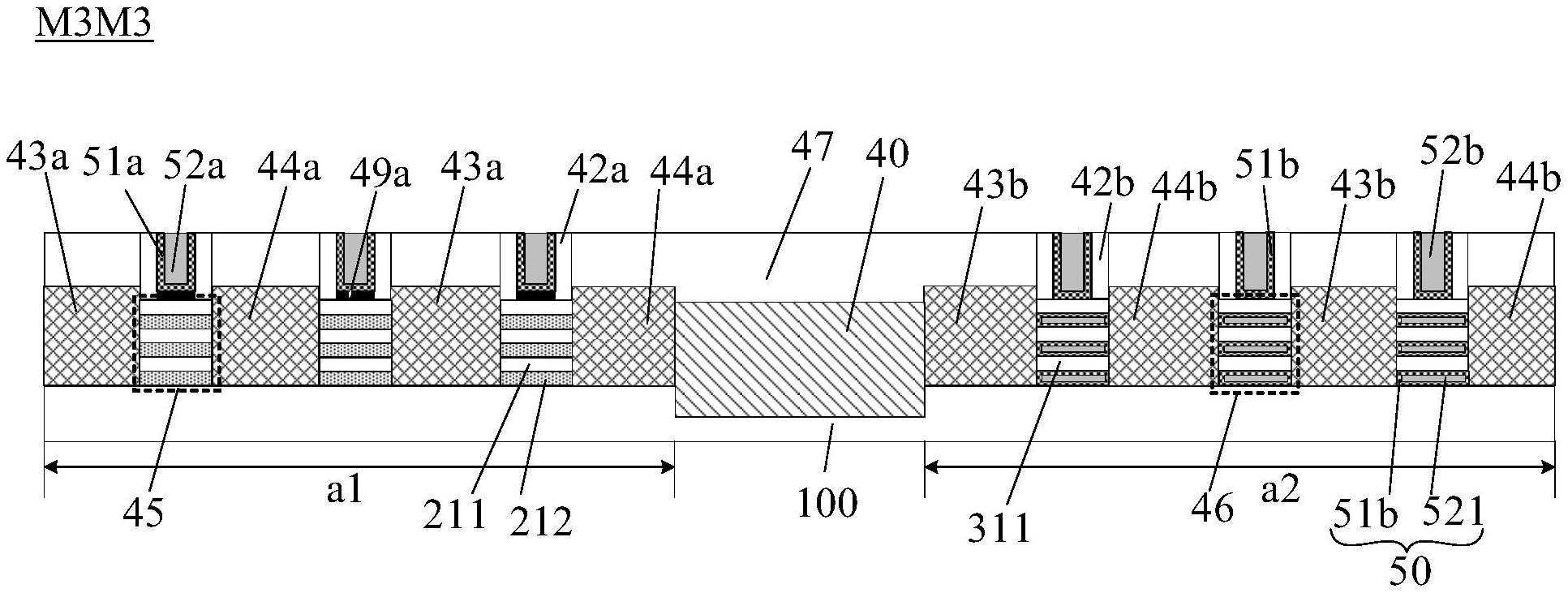The leading association of global chip companies is warning that
is building a collection of secret semiconductor-fabrication facilities across China, a shadow manufacturing network that would let the blacklisted company skirt US sanctions and further the nation’s technology ambitions.
Huawei, a controversial telecommunications gear maker at the heart of US-China tensions, moved into chip production last year and is receiving an estimated $30 billion in state funding from the government and its home town of Shenzhen, according to the Washington-based
. It’s acquired at least two existing plants and is building at least three others, the group said in a presentation to its members seen by Bloomberg.
The US Commerce Department put Huawei on its entity list in 2019, eventually prohibiting it from working with American companies in almost all circumstances. But if Huawei is constructing and buying facilities under the names of other companies without disclosing its involvement, as the SIA said, the telecom giant may be able to circumvent those restrictions to indirectly purchase American chipmaking equipment and other supplies that would otherwise be prohibited.
The Commerce Department’s
, in response to questions from Bloomberg News about the SIA warnings, which haven’t been previously reported, said it’s monitoring the situation and is ready to take action if necessary. It has already blacklisted dozens of Chinese companies beyond Huawei, including two the SIA says are part of Huawei’s network —
and Pengxinwei IC Manufacturing Co., or PXW.
“Given the severe restrictions placed on Huawei,
,
and others, it is no surprise that they have sought substantial state support to attempt to develop indigenous technologies,”
said in a statement to Bloomberg. “BIS is continually reviewing and updating its export controls based on the evolving threat environment and, as evidenced by the Oct. 7, 2022 rules, will not hesitate to take appropriate action to protect US national security.”
The Biden administration
last October that prevent all Chinese companies from acquiring certain advanced semiconductors and chipmaking equipment, a move aimed at restricting the country’s military capabilities. Chinese companies are largely allowed to buy older-generation chipmaking equipment, machines that use 28-nanometer technology or above. But blacklisted companies like Huawei are prohibited from such purchases without a license and those exceptions are rare.
Huawei, PXW, Fujian Jinhua and the other companies identified by SIA as part of the network did not respond to requests for comment. Beijing has voiced fierce opposition to American export controls and made
that the US also subsidizes its own national champions.
It’s not clear why the SIA is sounding the alarm on these issues now. The Washington-based lobbying group represents the majority of the world’s semiconductor makers, including
, South Korea’s
and
Its members also include companies that produce chipmaking equipment, such as
and the Netherlands’
.
Certain members of the lobbying group will face competition from Chinese rivals if they’re successful in building domestic production facilities, but SIA members like ASML and
lose revenue from China as American export controls become stricter. The association may be trying to warn members to be cautious in working with companies that could have hidden ties to blacklisted entities like Huawei.
Under
, American suppliers have
that require them to check into clients if there are any suspicious circumstances, like purchases inconsistent with the customer’s needs.
If there’s a red flag, then you have an obligation to investigate,” said Kevin Wolf, a partner with the law firm Akin Gump who worked on BIS policy at the Commerce Department. “Absent a red flag, there is no affirmative duty to verify or go beyond the company’s representations.”
The SIA presentation has set off alarm bells at member companies and within the Biden administration since it was published in April. The US is weighing more stringent export controls on China.
China’s Communist Party has blasted the American government for its restrictions on technology exports to the country, arguing the US is trying to contain its economic development. Beijing has also vowed to develop its own local alternatives for chips, production machinery and critical tech components.
China is pouring unprecedented amounts of money into its domestic semiconductor industry. The SIA estimates there are at least 23 fabrication facilities in the works in the country with planned investments of more than $100 billion by 2030, according to the presentation. By 2029 or 2030, China is on track to have more than half the industry’s global capacity in older-generation semiconductors, those made with 28-nm or 45-nm technology, the group said.
“China is roughly spending as much in subsidies as the rest of the world combined,” said
, author of “Chip War: The Fight for the World’s Most Critical Technology.” “So the numbers are absolutely enormous.”
US and European officials have grown
about China’s massive investments in so-called legacy chips, even though they are not prohibited under last year’s Biden rules. Such chips are more than adequate for many military applications, and they’re widely used in key markets such as electric cars.
The size of the projected financial support for Huawei is also staggering. At $30 billion, the money would be almost as much as the
in the US Chips and Science Act that will be split among multiple companies.
The SIA described the money as “state funding” without specifying whether that would be cash grants, loans or other incentives. It’s not clear whether
in recent months will affect the government’s technology investments.
The SIA presentation identifies five chip plants that Huawei is backing under other company names, located mainly around Shenzhen where the telecom giant is headquartered. If the facilities operate without the Huawei label, as the SIA said, it may be difficult for suppliers to know who they are dealing with. The businesses all appear to be operating entities, rather than simple fronts with no facilities.
Huawei's Push Into Chips
The leading US chip association says the Chinese telecom company is moving into semiconductor production
| Name | Product | Location |
|---|
| Qingdao Si'En | Power ICs and Microcontrollers | Qingdao |
| Fujian Jinhua | DRAM | Quanzhou |
| SwaySure | DRAM | Shenzhen |
| PXW | Image sensors, RF chips | Shenzhen |
| PST | Logic | Shenzhen |



